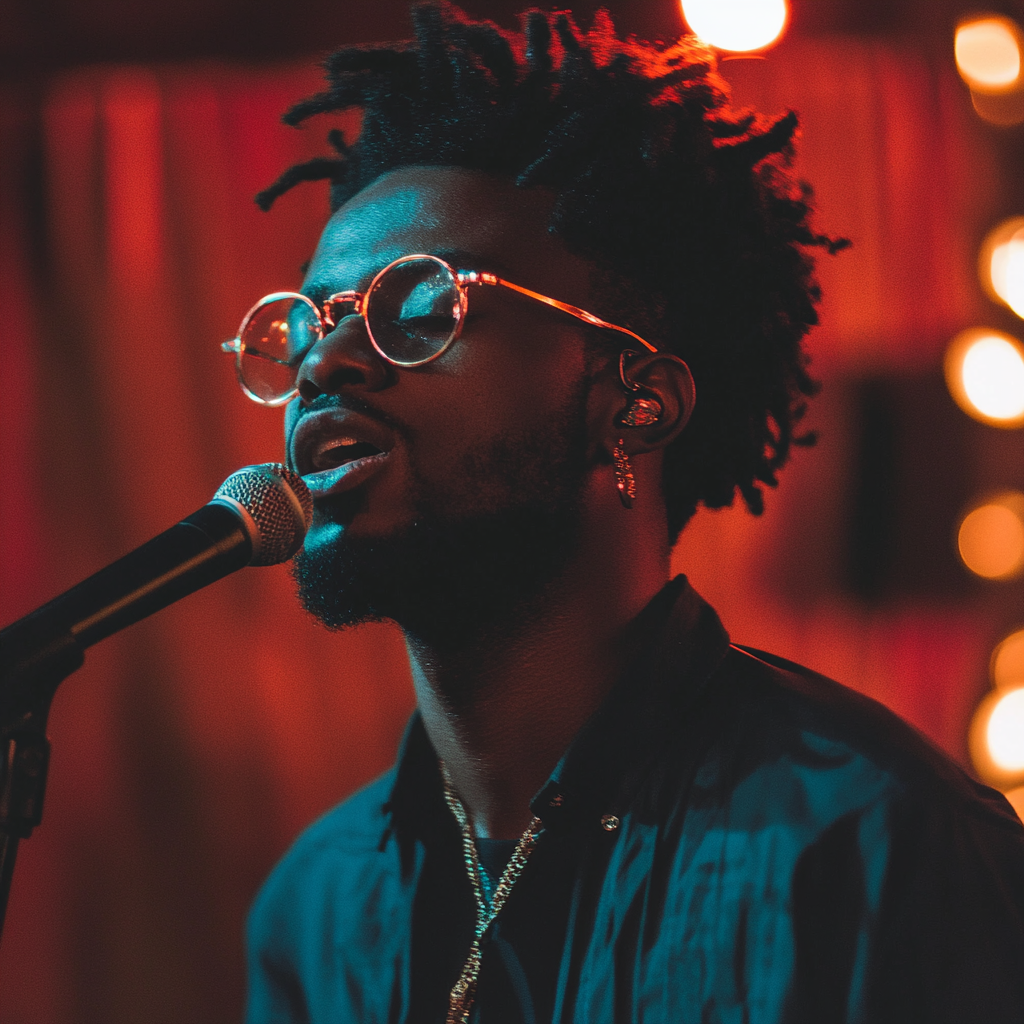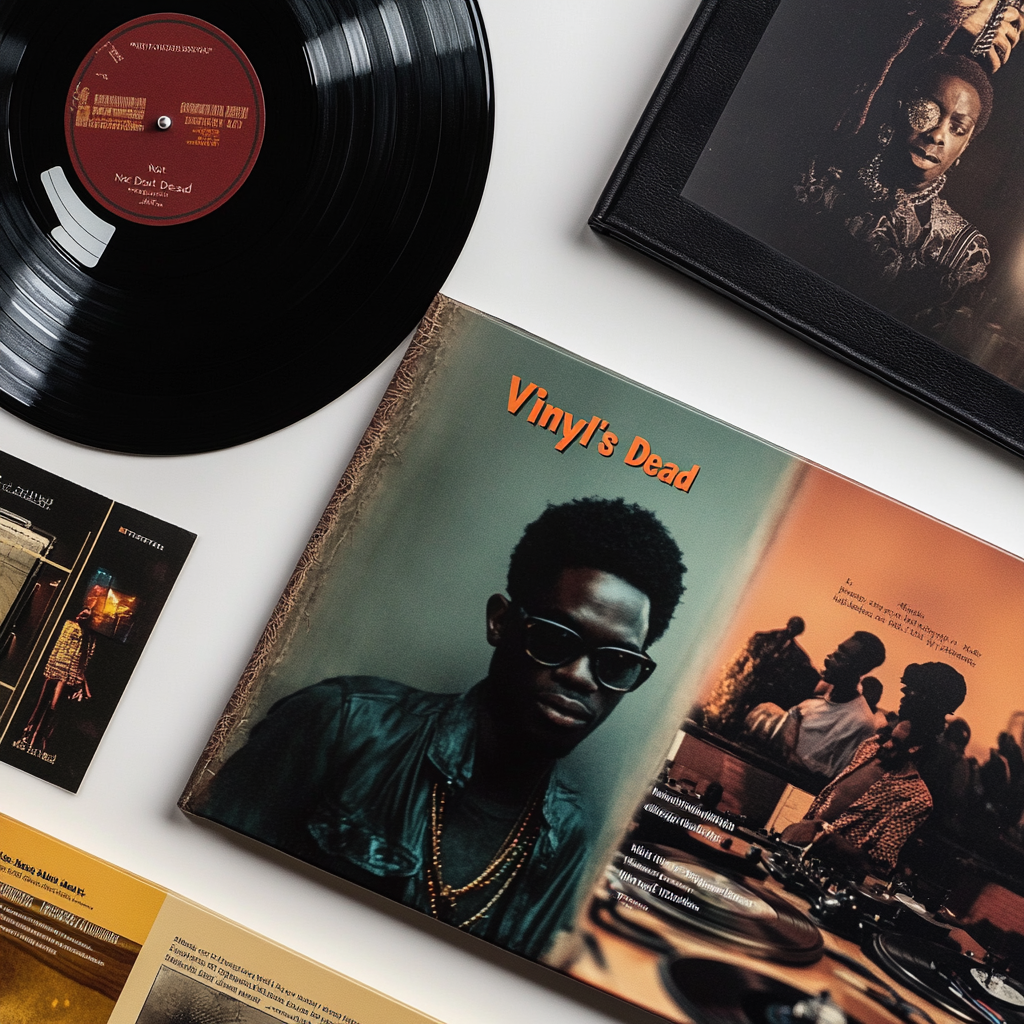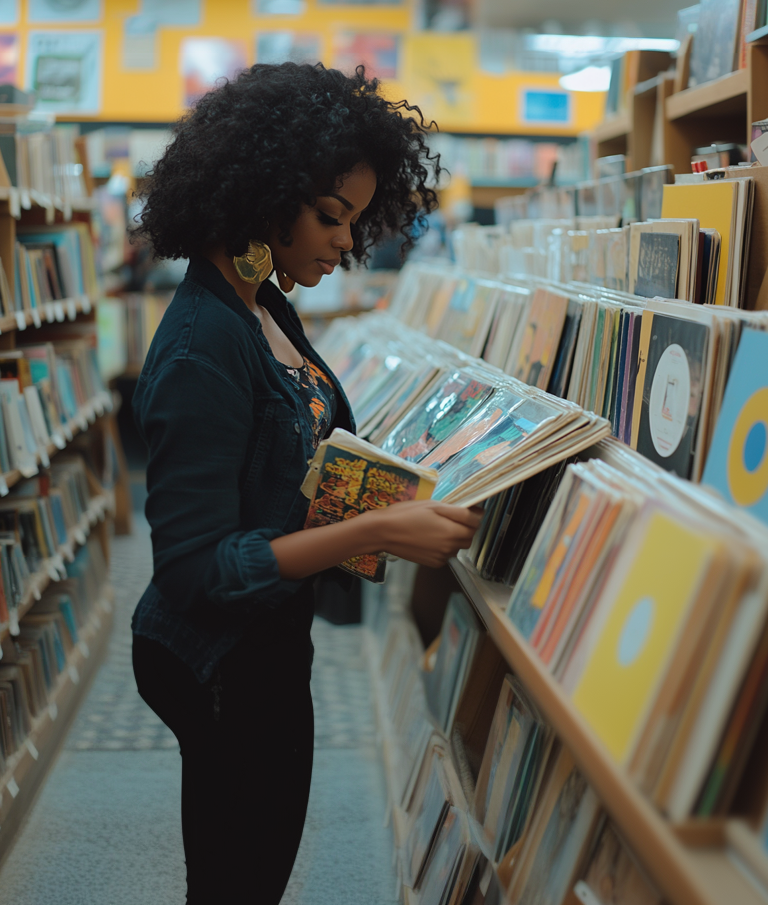
Vinyl’s Not Dead: How Record Culture is Thriving in the Digital Age


Written by cuffeditor
Remember when everyone said vinyl records were dead? Well, somebody forgot to tell the millions of music lovers who’ve been snatching up turntables and building their record collections like there’s no tomorrow. In a plot twist that nobody saw coming, vinyl records have gone from vintage curiosity to cultural phenomenon, outselling CDs for the first time since the 1980s.
“I’ll never forget the first record I bought – Tyler, the Creator’s ‘Igor,'” says Marcellus Cook, a 19-year-old college student who started collecting vinyl two years ago. “My friends thought I was crazy spending $35 on something I could stream for free. But man, there’s just something different about putting that needle down and hearing those first crackles.”
Marcellus isn’t alone. A new generation of music fans is discovering what their parents and grandparents knew all along – there’s something magical about the vinyl experience. Record stores, once an endangered species, are popping up in cities and suburbs across the country. Even big box retailers like Target and Walmart have gotten in on the action, dedicating prime shelf space to new releases and reissues.
The numbers tell the story: vinyl sales hit $1.2 billion in 2023, with younger buyers leading the charge. Taylor Swift’s latest releases have broken vinyl sales records, while classic albums from Pink Floyd to Fleetwood Mac continue flying off the shelves. Even in the age of unlimited streaming, people are choosing to own physical copies of their favorite music.
“It’s not just about the sound quality, though that’s part of it,” explains Regina Martinez, owner of Groove City Records in Philadelphia. “People are craving something real in a world that’s become increasingly digital. When you buy a record, you’re getting artwork you can hold, liner notes you can read, and an experience you can’t replicate with a playlist.”
That experience includes the ritual of it all – carefully sliding the record from its sleeve, cleaning it with a brush, placing it on the turntable, and watching the needle drop. It’s a far cry from the instant gratification of streaming, and that’s exactly the point.
“In a world where everything is immediate and disposable, vinyl forces you to slow down and be present,” says music journalist Derek Thompson. “You can’t easily skip tracks or shuffle songs. You have to commit to the album as a complete work, the way the artist intended it.”
The vinyl revival has also created a thriving secondary market.
Estate sales and thrift stores have become treasure hunting grounds for collectors seeking vintage pressings. Online communities trade tips about cleaning techniques, equipment upgrades, and holy grail finds. Some rare records now fetch thousands of dollars, though most collectors are in it for the love of music rather than investment potential.
But it’s not all rosy in the vinyl world. The surge in demand has created pressing plant backlogs, with some artists waiting months to get their albums manufactured. Supply chain issues and rising material costs have pushed prices higher, with new releases often hitting the $30-40 mark. Some worry that vinyl’s mainstream success could price out the independent artists and labels who helped keep the format alive during its lean years.


“It’s great that vinyl is popular again, but we need to make sure it stays accessible,
says indie musician Sarah Blake, who recently released her debut album on vinyl. “When major labels are pressing millions of copies of catalog titles, it makes it harder for smaller artists to get their records made.”
The environmental impact of vinyl production has also raised concerns. The PVC used to make records isn’t exactly eco-friendly, and the carbon footprint of manufacturing and shipping heavy vinyl albums is significant. Some companies are experimenting with recycled materials and more sustainable production methods, but solutions are still in their early stages.
Despite these challenges, vinyl’s future looks bright. New pressing plants are opening to meet demand, and technological innovations are making production more efficient. Artists are getting creative with colored vinyl, special editions, and elaborate packaging that make their releases true collectors’ items.
The format’s appeal has even influenced how some musicians approach their work. “Knowing my album will be on vinyl affects how I sequence the songs,” explains producer James Wilson. “I think about side A and side B, about creating a journey that works when you have to flip the record. It’s bringing back the art of album crafting.”
For fans like Marcellus Cook, that artistic intention is what makes vinyl special. “When I put on a record, it’s not background music – it’s an event. My friends come over, we look at the artwork, read the credits, and actually listen. It’s like the difference between watching a movie at home versus seeing it in a theater. I mean, streaming is convenient, but vinyl is an experience.”
As streaming algorithms serve up endless playlists and AI-generated recommendations, vinyl records offer something different: a tangible connection to the music we love, and a reminder that sometimes the best things in life require a little extra effort.
Related Articles
Related
No Results Found
The page you requested could not be found. Try refining your search, or use the navigation above to locate the post.

Join
Ready to level up? Get access to our exclusive updates and offers sent directly to your inbox. You don’t want to miss a thing, so drop your best email.
Links
- Contact Us
- Events
- Shop
- Podcast
- Careers
- Sponsorships

